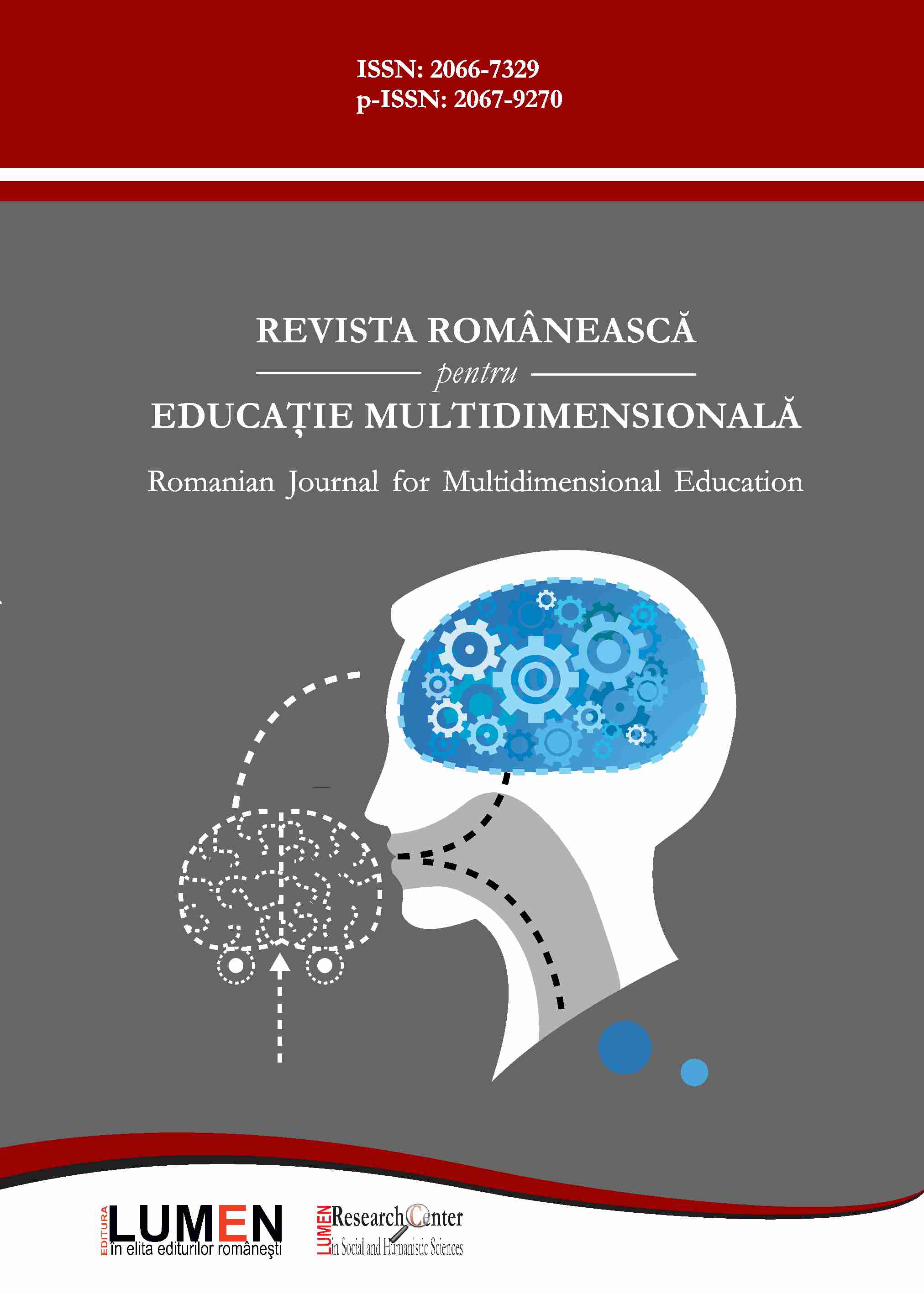Activation of Students’ Cognitive Activity in the Context of Filling Educational Components with Health Preserving Content. Forming a Health Preserving Competence
Activation of Students’ Cognitive Activity in the Context of Filling Educational Components with Health Preserving Content. Forming a Health Preserving Competence
Author(s): Tetiana Kochubei, Nelia Kravchuk, Olha MelnykovaSubject(s): Social Sciences, Education, Preschool education, Higher Education
Published by: Editura Lumen, Asociatia Lumen
Keywords: health preserving competence; methodology for forming a health preserving competence; future teachers; higher education institutions; preschool education institutions;
Summary/Abstract: A content analysis of the process of obtaining education by students, which shows that the traditional approach is ineffective in terms of forming their health preserving competence has been carried out. Therefore, the purpose of the study is to develop, scientifically substantiate and experimentally test the effectiveness of the methodology for forming a health preserving competence by activating students’ cognitive activity in the context of filling educational components with health preserving content. In the course of the study, the empirical methods such as pedagogical observation, interviews, surveys, questionnaires, a project method, tests, and mathematical statistics methods have been used. The methodology for forming a health preserving competence in future teachers in the process of professional training has been developed, tested and put into practice, which has ensured the optimization of this process. The proposed by the authors and experimentally tested pedagogical condition. The obtained findings have proved the originality, effectiveness of implementing the developed methodology in the practice of higher education institutions, as well as the practical feasibility and efficiency of the proposed step-by-step methodology. The evidence of this is that the high level has increased by 10% of EG students and by 0.8% of CG students with a difference of <9.2%. Accordingly, the sufficient level has increased by 12% in EG students and by 3.1% in CG students with a difference of <8.9%. The average level has decreased by 7.0% in EG students and by 1% in CG students with a difference of <6%. Finally, the low level has decreased by 87% in EG students and by 28% CG, which indicates the effectiveness of the proposed pedagogical condition.
Journal: Revista Românească pentru Educaţie Multidimensională
- Issue Year: 14/2022
- Issue No: 1
- Page Range: 69-92
- Page Count: 24
- Language: English

